Description
-
-
-
-
-
-
-
-
-
-
This secrétaire à abattant is beautifully decorated with marquetry ribbons, foliage and festoons flanking Jasperware plaques set in a rectangle cartouche. The centre plaque depicts the power of love. The same image has been used in a Sèvres plaque for the jewellery cabinet of Queen Marie-Antoinette at Château Versailles (1787).
This allegorical depiction of love shows two people, probably gods, kissing. The cupid on the pedestal is presented with a laurel wreath, an ancient crown. He is crowned because love conquers all or as the roman say: Amor vincit omnia. He plays a flute and is accompanied by a dog for fidelity.
The other cupid holds his finger against his lips. it is an old gesture of silence which must remind the viewer and the lovers to be silent. Silence is a virtue in love since you cannot offend you loved once if you only speak seldom.
This silencing cupid reminds of the famous statue by Falconet, L’amour menaçant also known as L’amour silencieux.
- The Wedgewood plaques were imported from England and are quite rare in Dutch furniture. The Rijksmuseum Amsterdam has a secrétaire à abattant from the same period also decorated with jasperware. The centre plaque depicts the marriage of Cupid and Psyche also a love story.
The bottom of the secrétaire à abattant has two doors with inside a shelf. The doors are again decorated with Jasperware plaques depicting on the left the dipping of Achilles by his mother Thetis while his father Peleus kneels beside him bearing two torches on his shoulders. On the right is Aurora, Goddess of dawn riding her chariot through the sky.
The top drawer has two blue enamel plaques with flowers, flanking a marquetry seashell. The inside of the secrétaire features multiple pigeonholes, four drawers and one lockable compartment.
Jasperware, or jasper ware, is a type of pottery first developed by Josiah Wedgwood in the 1770s. It was named after the mineral jasper for commercial reasons but it is actually stoneware, it has an unglazed matte “biscuit” finish and is produced in a number of different colours, of which the most common and best known is a pale blue that has become known as Wedgwood Blue. Relief decorations in contrasting colours (typically in white but also in other colours) are characteristic of jasperware, giving the pieces a cameo effect. The reliefs are produced in moulds and applied to the ware as sprigs.
-
-
-
-
-
-
-
-
-


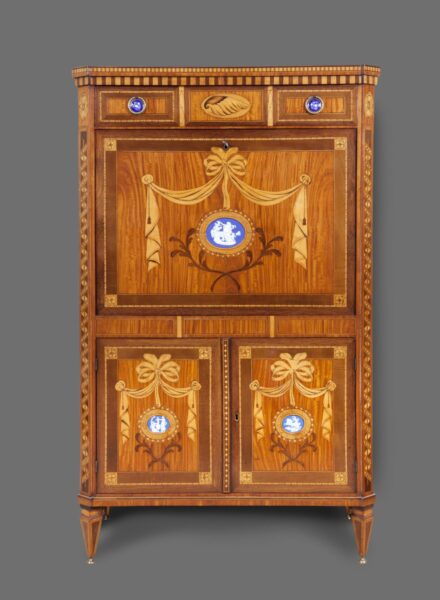
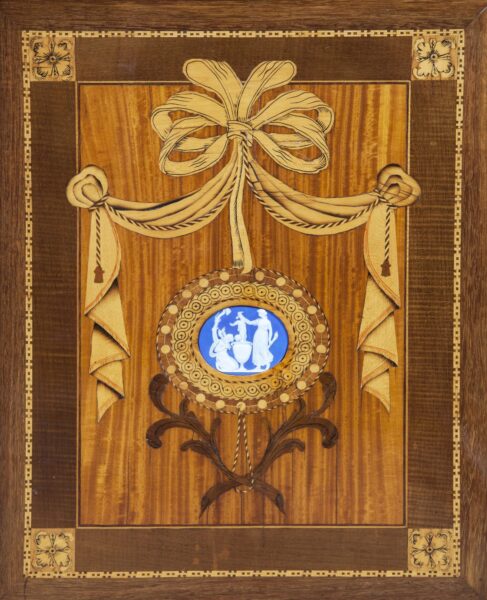
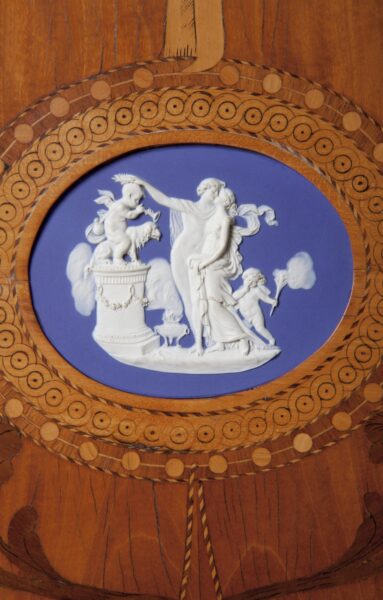

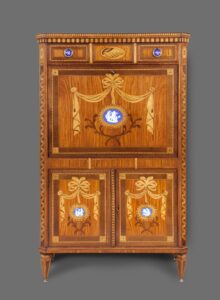


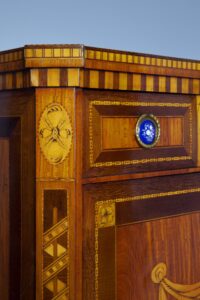
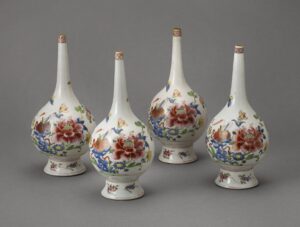

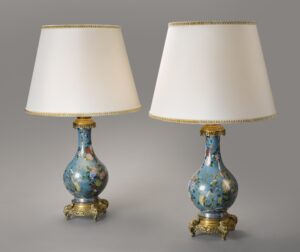
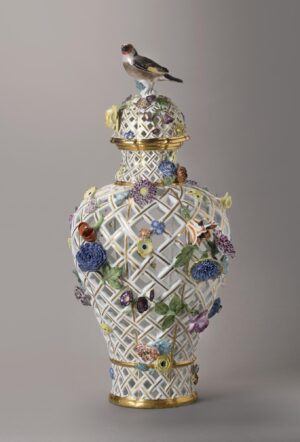
Reviews
There are no reviews yet.